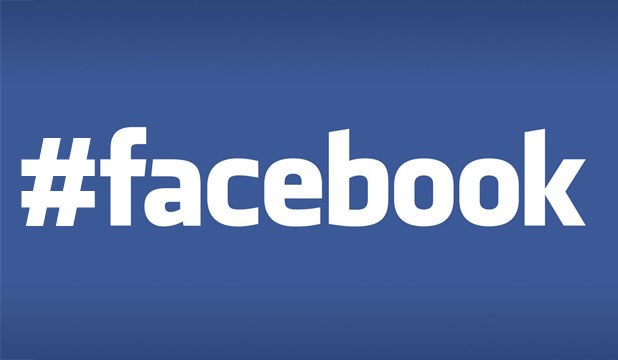The Importance of #Hashtags
Recently Facebook announced that it is implementing #hashtags to manage topics on the growing social network . #hashtags are not a new “trend” on the web, they appeared long ago on IRC to help manage chat groups. In 2007, Chris Messina suggesting that they  used #hashtags on twitter to help trend topics. Now they are more commonly seen and used by twitter, facebook, instagrams and other social networks.
What is a #Hashtag?
A hashtag is a word or a phrase prefixed with the symbol. It is a form of metadata tag. Short messages on microblogging social networking services such as Twitter, Tout, identi.ca, Tumblr, Instagram, Flickr, Google+ or Facebook may be tagged by putting “#” before important words, as in:
#Wikipedia is an #encyclopedia that anyone can edit.
Hashtags provide a means of grouping such messages, since one can search for the hashtag and get the set of messages that contain it.
Using #Hashtags on Facebook.
Hashtags turn topics and phrases into clickable links in your posts on your personal timeline or Page. This helps people find posts about topics they’re interested in. To make a hashtag, write # (the number sign) along with a topic or phrase (written as one word) and add it to your post. For example:
- I walked up so many hills today! #SanFrancisco
When you click a hashtag, you’ll see a feed of posts that include that hashtag. You’ll also see some related hashtags at the top. You can search for a hashtag using the search bar at the top of any page.
How are #Hashtags used?
Hashtags are mostly used as unmoderated ad-hoc discussion forums; any combination of characters led by a hash symbol is a hashtag, and any hashtag, if promoted by enough individuals, can “trend” and attract more individual users to discussion using the hashtag. On Twitter, when a hashtag becomes extremely popular, it will appear in the “Trending Topics” area of a user’s homepage. The trending topics can be organized by geographic area or by all of Twitter. Hashtags are neither registered nor controlled by any one user or group of users, and neither can they be “retired” from public usage, meaning that hashtags can be used in theoretical perpetuity depending upon the longevity of the word or set of characters in a written language. They also do not contain any set definitions, meaning that a single hashtag can be used for any number of purposes as espoused by those who make use of them.
Because of their loose nature, hashtags often become more recognized as associated with particular topics of discussion based upon a more specific spelling of the hashtag (e.g., “#cake” as opposed to “#thecakeisalie”) that will be differentiated from a more general spelling. However, this can also make it difficult for topics to become “trending topics” because people often use different spelling or words to refer to the same topic. In order for topics to trend, there has to be a consensus, whether silent or stated, that the hashtag refers to that specific topic.
Hashtags also function as beacons in order for users to find and “follow” (subscribe) or “list” (organize into public contact lists) other users of similar interest.
Hashtags can be used on the social network Instagram, by posting pictures and hashtagging it with its subject. As an example, a photo of you and a friend posted to the social network can be hashtagged #bffl or #friends.
Hashtags are also used informally to express context around a given message, with no intent to actually categorize the message for later searching, sharing, or other reasons. This can help express humor, excitement, sadness or other contextual cues, for example, “Just found out my mom is my health teacher. #awkward” or “It’s Monday!! #excited #sarcasm”
So why are #hashtags important? They help us find content faster, they add to trending topics, they help group snippets of information together and they help us manage our various conversations on social networks.



